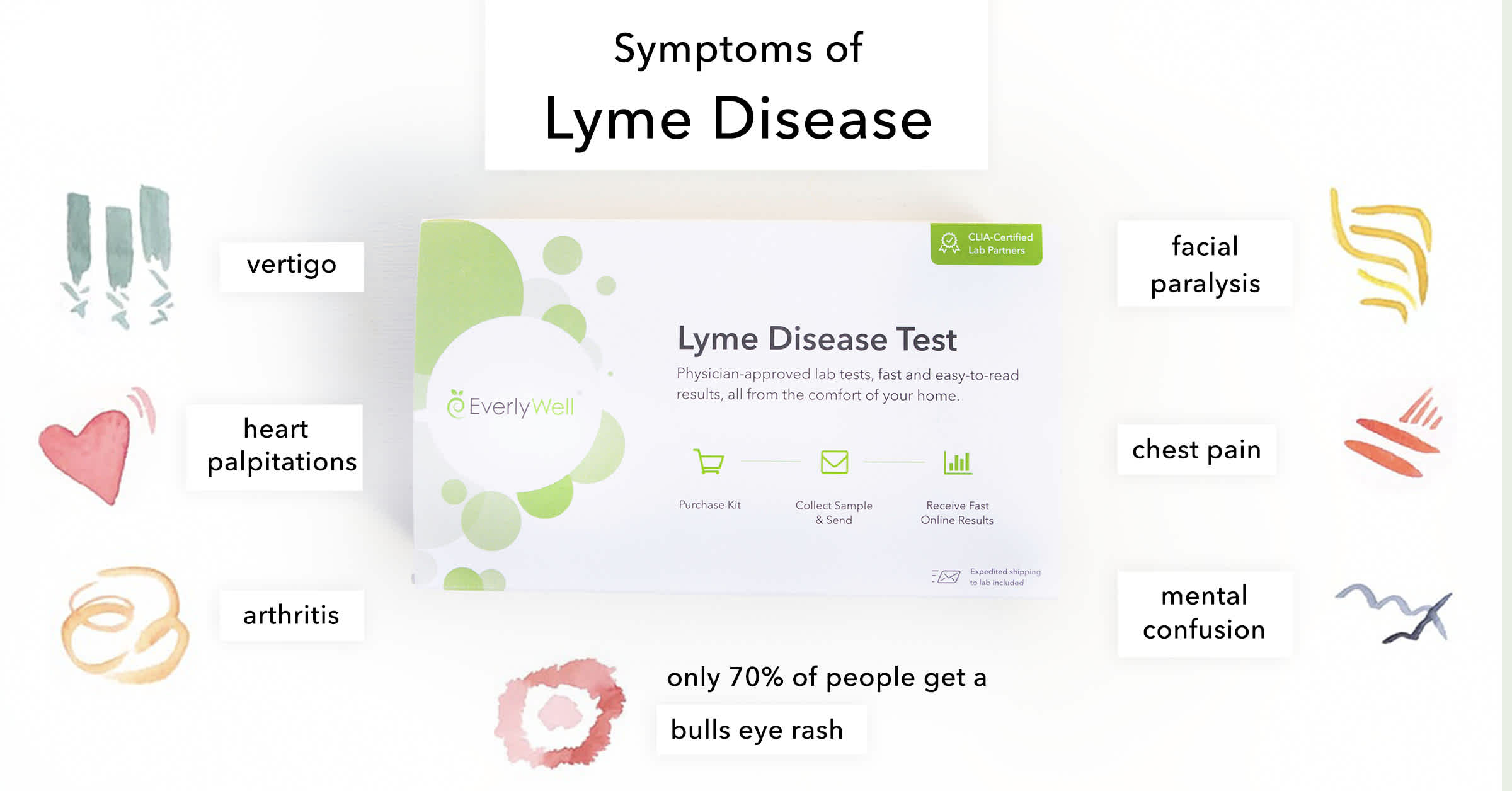Introduction
The field of medical diagnostics is rapidly evolving, and Streptococcus test procedures are no exception. As technology advances, new developments promise to enhance the accuracy, speed, and convenience of testing for Streptococcus infections. These advancements have the potential to improve patient outcomes, streamline healthcare processes, and address current limitations in diagnostic practices. This article explores the future developments in Streptococcus test procedures and their potential impact on healthcare.
Advances in Diagnostic Technology
1. Enhanced Rapid Antigen Tests
Overview: Rapid antigen tests are widely used for their speed and ease of use. However, their sensitivity limitations can lead to false negatives.
Future Developments:
- Improved Sensitivity: Research is focused on enhancing the sensitivity of rapid antigen tests by developing more advanced antibodies and detection techniques. These improvements aim to reduce the likelihood of false negatives.
- Integration with Digital Technology: Future rapid tests may incorporate digital platforms for automated result analysis and reporting. This could provide real-time results and integrate seamlessly with electronic health records (EHRs) strep a test.
Impact:
- Faster and More Reliable Results: Enhanced rapid tests could offer quicker, more accurate results, improving early detection and treatment of Streptococcus infections.
- Convenience and Efficiency: Digital integration can streamline workflows and improve the efficiency of diagnostic procedures.
2. Next-Generation PCR Testing
Overview: Polymerase Chain Reaction (PCR) tests are known for their high sensitivity and specificity. Future developments are aimed at making these tests even more effective.
Future Developments:
- Point-of-Care PCR: Advances in microfluidics and portable PCR devices may allow for point-of-care testing, bringing high-precision PCR technology to more accessible settings such as clinics and emergency rooms.
- Multiplex Testing: New PCR technologies could enable simultaneous detection of multiple pathogens, including different Streptococcus strains, in a single test.
Impact:
- Broader Accessibility: Point-of-care PCR could make advanced diagnostics available in more locations, improving access to accurate testing.
- Comprehensive Detection: Multiplex testing can provide a more complete diagnostic picture, facilitating better treatment decisions.
3. Advances in Throat Culture Techniques
Overview: Throat cultures are considered the gold standard for diagnosing Streptococcus infections but are time-consuming and labor-intensive.
Future Developments:
- Automated Culture Systems: New automation technologies are being developed to streamline the culturing process, reduce human error, and accelerate result turnaround.
- Enhanced Detection Methods: Innovations in culture media and detection methods could improve the ability to detect low levels of bacteria and identify different Streptococcus species more accurately.
Impact:
- Efficiency and Accuracy: Automated systems can enhance the efficiency of throat cultures while maintaining high accuracy, leading to quicker results and reduced labor costs.
- Better Identification: Improved detection methods can offer more precise identification of bacterial strains, aiding in tailored treatment strategies.
Integration of Artificial Intelligence and Machine Learning
1. AI-Powered Diagnostic Tools
Overview: Artificial intelligence (AI) and machine learning (ML) are making significant strides in various fields, including medical diagnostics.
Future Developments:
- Predictive Analytics: AI algorithms could analyze patterns in patient data and test results to predict the likelihood of Streptococcus infections and recommend appropriate testing.
- Image Analysis: AI-driven image analysis tools may enhance the interpretation of throat cultures and PCR results, improving accuracy and reducing diagnostic errors.
Impact:
- Enhanced Diagnostic Accuracy: AI and ML can provide more accurate and nuanced interpretations of test results, leading to better diagnostic outcomes.
- Personalized Medicine: Predictive analytics can enable more personalized and proactive healthcare approaches.
Improved Sample Collection and Handling
1. Non-Invasive Sampling Methods
Overview: Traditional sample collection for Streptococcus testing involves throat swabs, which can be uncomfortable for patients.
Future Developments:
- Saliva-Based Tests: Research is exploring the feasibility of saliva-based tests for detecting Streptococcus bacteria. These tests could offer a more comfortable and non-invasive alternative to throat swabs.
- Wearable Health Devices: Future wearable devices might integrate biosensors to detect bacterial infections from breath or skin samples, offering a non-invasive diagnostic approach.
Impact:
- Patient Comfort: Non-invasive methods can improve patient comfort and compliance with testing procedures.
- Convenience: Easier sample collection methods can facilitate more widespread testing and improve overall patient experience.
Conclusion
Future developments in Streptococcus test procedures promise to enhance diagnostic accuracy, speed, and patient comfort. Advances in rapid antigen tests, PCR technology, and throat culture techniques, combined with the integration of AI and non-invasive sampling methods, are set to revolutionize how Streptococcus infections are diagnosed and managed. These innovations will not only improve the efficiency of diagnostic processes but also contribute to better patient outcomes and more effective healthcare delivery. As these technologies continue to evolve, they hold the potential to transform the landscape of infectious disease diagnostics and enhance overall public health.
